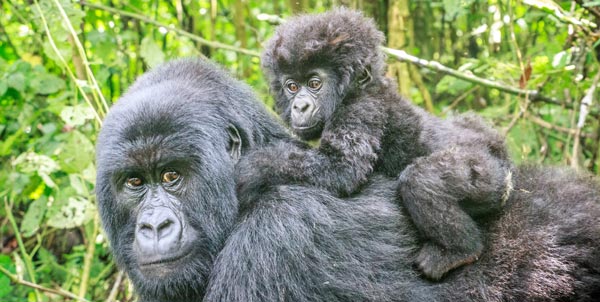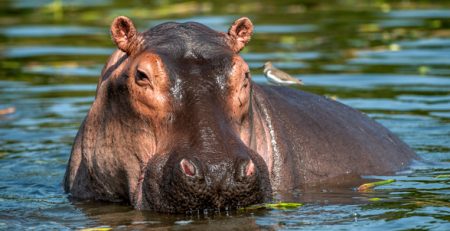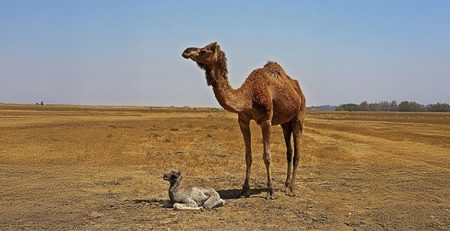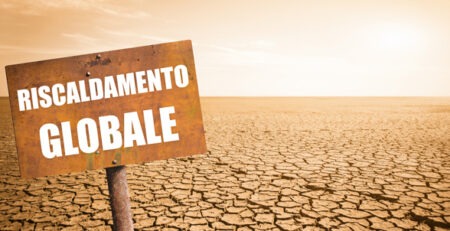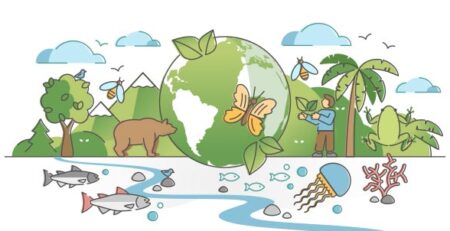Gorilla, the animal that shares 98 percent of DNA with humans, faces extinction
World Gorilla Day was established on September 24, 2017 to celebrate the 50th anniversary of the work of the “Dian Fossey Gorilla Fund“.
Dian Fossey, primatologist and ethologist, began the groundbreaking research on mountain gorillas in the forests of Rwanda in 1967.
Because of the no-holds-barred war against poachers, she was murdered by machete in 1985.
However, he left a legacy of inestimable value.
His 20 years of field experience has delivered to history and science the longest and most detailed study of these animals and the challenges they face to ensure their survival.
The reasons why gorillas are facing extinction
The main reason these animals are facing extinction is related to a combination of factors:
-Deforestation for agriculture and urbanization has drastically reduced their natural habitat.
-Illegal hunting and wildlife trade have hit gorilla populations hard, leading to a decline in their numbers.
-Infectious diseases, often transmitted by humans, pose another significant threat, as gorillas share many genetic similarities with humans and are susceptible to diseases such as Ebola.
Their preservation is not only a matter of respect for biodiversity, but also has profound ecological implications.
in fact, play a crucial role in their ecosystems, contributing to seed dispersal and overall forest health.
The crucial role of gorillas in ecosystems
Belonging to the family of Hominidae, they are divided into two main species: the mountain gorilla (Gorilla beringei) and the lowland gorilla (Gorilla gorilla).
The former species lives mainly in the mountainous forests of the regions of Rwanda, Uganda and the Democratic Republic of Congo, while the latter is distributed in different areas of central Africa, including countries such as Gabon, Cameroon and the Republic of Congo.
Both species are further divided into subspecies, each with distinctive habitats and behaviors.
Currently, the number of mountain gorillas is estimated to be between 1,000 and 1,200, while the numbers of lowland ones are even more at risk.
These alarming figures highlight the fragility of gorilla populations and the immediate need for effective conservation interventions.
The future of the gorillas depends on all of us
The mobilization and involvement of everyone is essential for the preservation of endangered species.
Through educational campaigns and awareness-raising activities, these celebrations contribute to the understanding of the importance of gorilla conservation and their habitats, prompting the active participation of everyone from individuals to institutions.
It is therefore imperative that efforts to protect these animals continue to grow by promoting effective conservation policies and international collaborations.
Through concerted efforts, we can hope to secure a future for these magnificent creatures, preserving not only their existence but also the richness of the ecosystems of which they are a part.

